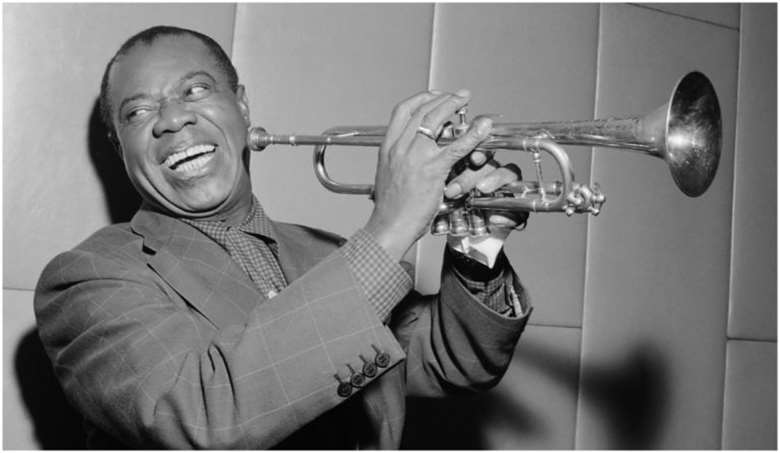Louis Armstrong – was he really the greatest?
Friday, April 8, 2016
The first and greatest soloist and improviser in Jazz, Louis Armstrong, nonetheless, has been misrepresented in jazz history, says Stuart Nicholson.


Register now to continue reading

Thank you for visiting Jazzwise.co.uk. Sign up for a free account today to enjoy the following benefits:
- Free access to 3 subscriber-only articles per month
- Unlimited access to our news, live reviews and artist pages
- Free email newsletter